Art Prints & Canvas
We create accurate, museum quality, true to scale reproduction wall art. Our curated collection of high quality Hokusai prints are superior to discount online art.
Own the Hokusai you always wanted.
Your new art ships for free...
And arrives ready to hang!
Curator's notes about Hokusai (+)
Katsushika Hokusai (葛飾 北斎, October 31, 1760 - April 10, 1849) was a Japanese ukiyo-e painter and printmaker world-renowned for his iconic woodblock prints and paintings. Notable works include "The Great Wave off Kanagawa," "Red Fuji," and "Thirty-Six Views of Mount Fuji." Hokusai's artistic style is characterized by bold lines, dynamic compositions, and vivid colors, often depicting landscapes, flora, and scenes of everyday life. He made significant contributions to the ukiyo-e genre and played a vital role in introducing Japanese art to the Western world. He produced thousands of works and left a lasting legacy as one of Japan's most celebrated artists.
This curated collection includes some of Hokusai's most famous and recognized artwork, as well as some lesser known pieces that we consider ideal for personal collectors. All framed art prints and canvas prints are created from high resolution source files of the original Hokusai paintings.
-
Ghost of Kohada Koheiji ☳ Hokusai ☴ Art Print
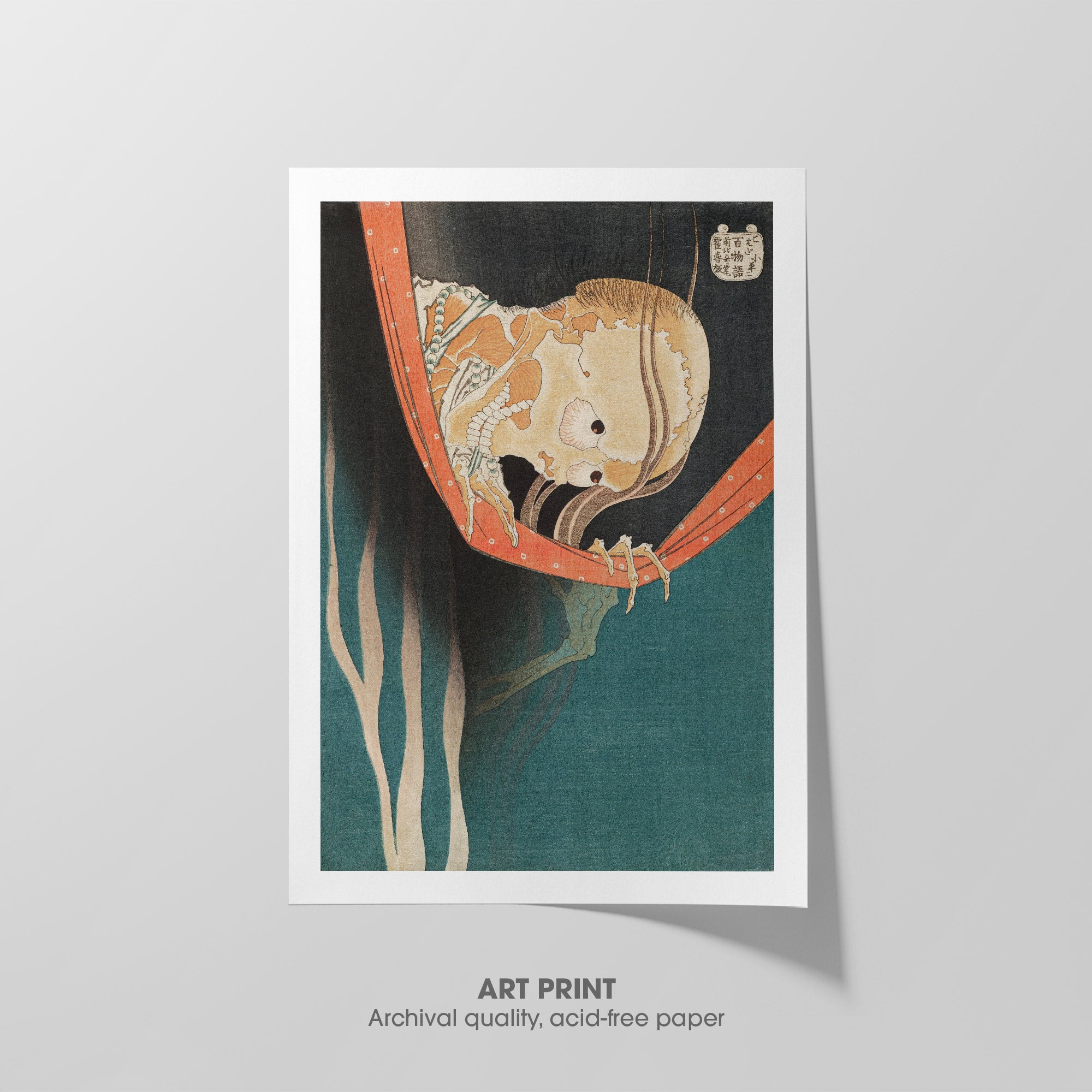
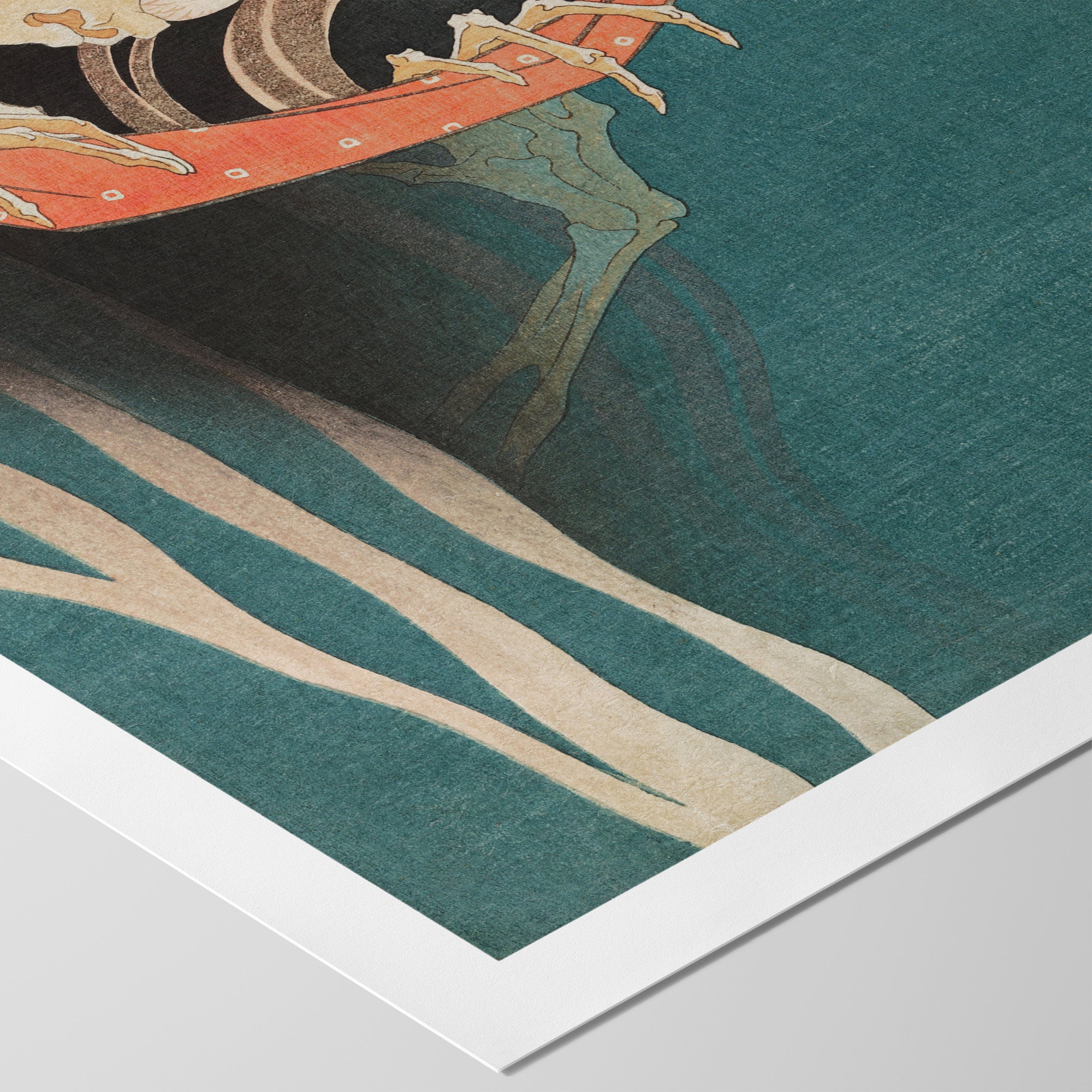 The Ghost of Kohada Koheiji (1832) by Katsushika Hokusai is from his ukiyo-e woodblock series One Hundred Ghost Stories, although only five prints are known to exist. This print depicts a scene from the story of Kohada Koheiji, a kabuki actor who ➵
The Ghost of Kohada Koheiji (1832) by Katsushika Hokusai is from his ukiyo-e woodblock series One Hundred Ghost Stories, although only five prints are known to exist. This print depicts a scene from the story of Kohada Koheiji, a kabuki actor who ➵◰ Canvas Reproductions
⧈ Framed Art Prints -
Kamakura no Gengorō ☳ Hokusai ☵ Art Print

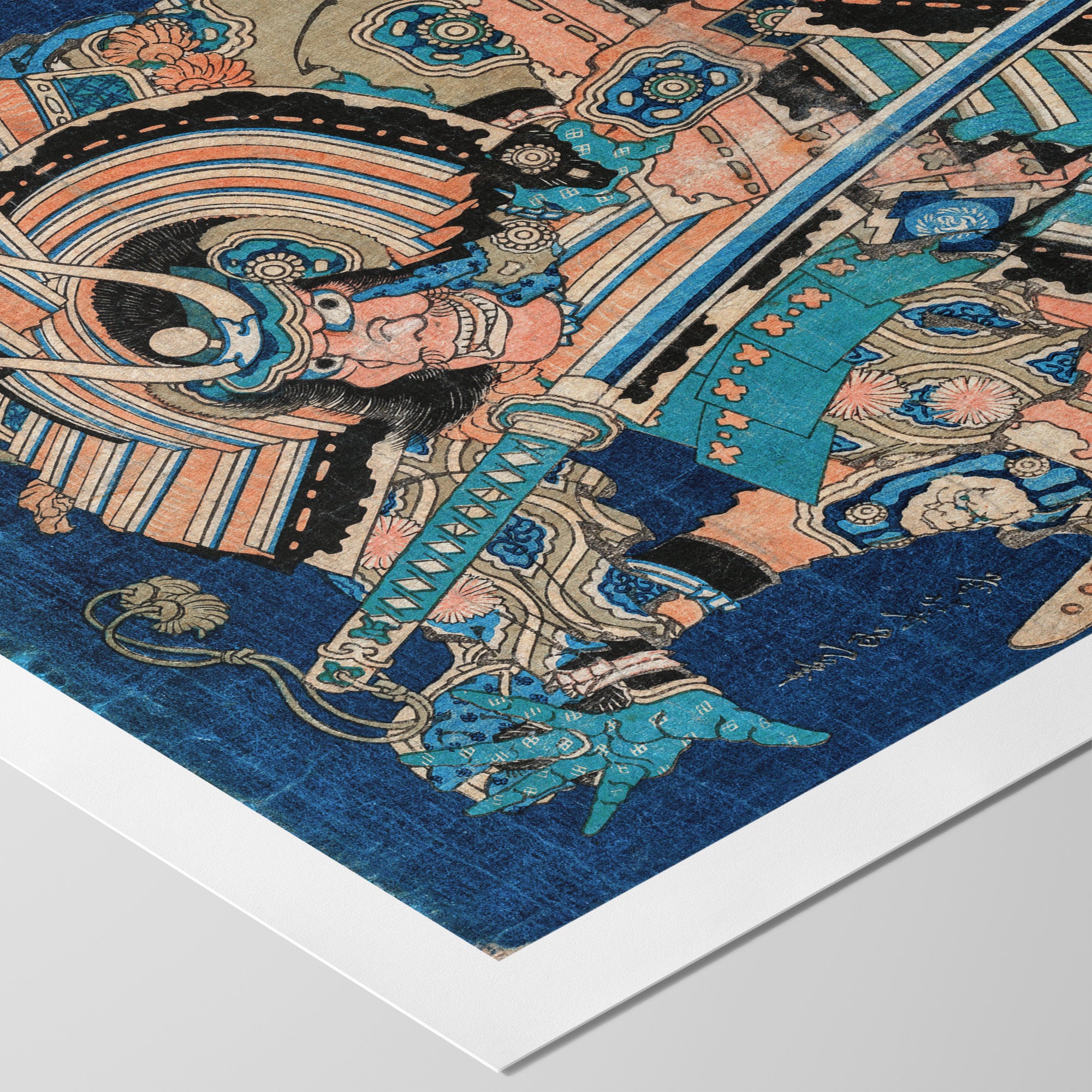 Kamakura no Gengorō Seizing Torinoumi Tasaburo (1832) by Katsushika Hokusai is a ukiyo-e woodblock print that depicts a scene from the renowned kabuki play The Chūshingura, where the heroic Minamoto warrior Kamakura no Gengorō confronts the treacherous Torinoumi Tasaburo in a thrilling ➵
Kamakura no Gengorō Seizing Torinoumi Tasaburo (1832) by Katsushika Hokusai is a ukiyo-e woodblock print that depicts a scene from the renowned kabuki play The Chūshingura, where the heroic Minamoto warrior Kamakura no Gengorō confronts the treacherous Torinoumi Tasaburo in a thrilling ➵◰ Canvas Reproductions
⧈ Framed Art Prints -
Red Fuji ☶ Hokusai ☰ Art Print
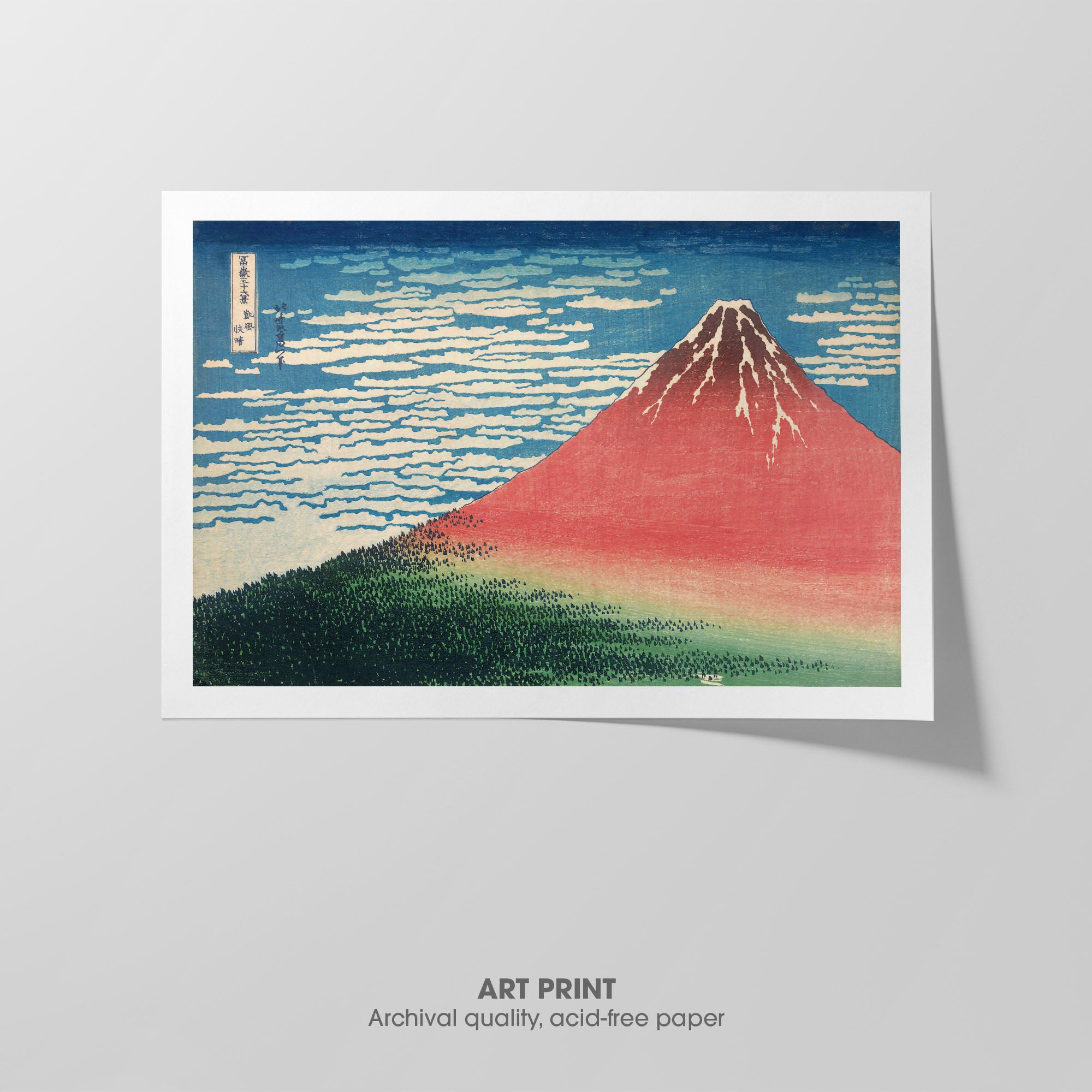
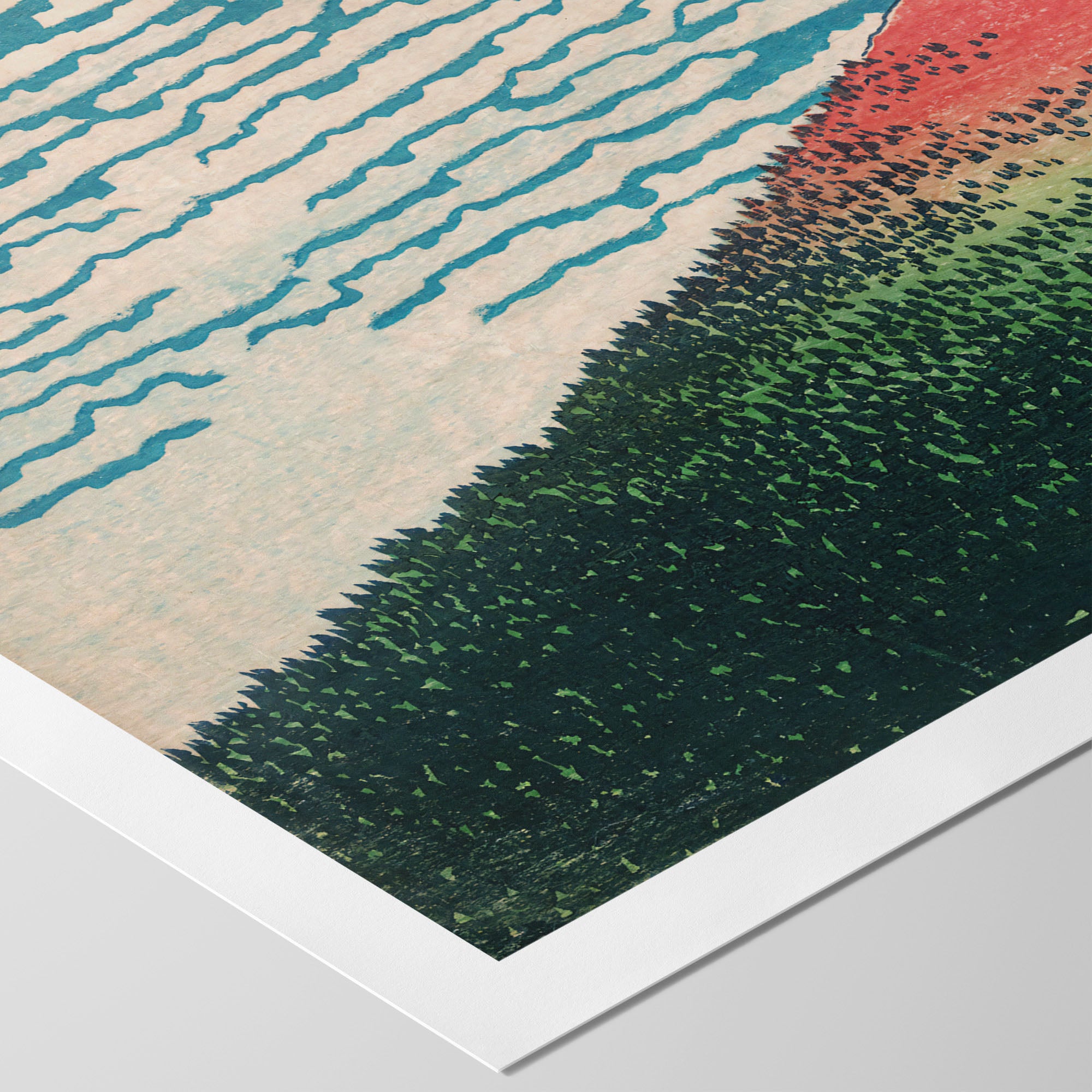 Red Fuji (1832) by Katsushika Hokusai, officially titled Fine Wind, Clear Morning (凱風快晴, Gaifū Kaisei), is a Japanese ukiyo-e woodblock print from Hokusai's series Thirty-six Views of Mount Fuji. This print prominently depicts a snow-capped Mount Fuji surrounded by trees and clouds, ➵
Red Fuji (1832) by Katsushika Hokusai, officially titled Fine Wind, Clear Morning (凱風快晴, Gaifū Kaisei), is a Japanese ukiyo-e woodblock print from Hokusai's series Thirty-six Views of Mount Fuji. This print prominently depicts a snow-capped Mount Fuji surrounded by trees and clouds, ➵◰ Canvas Reproductions
⧈ Framed Art Prints -
The Great Wave ☶ Hokusai ☵ Art Print

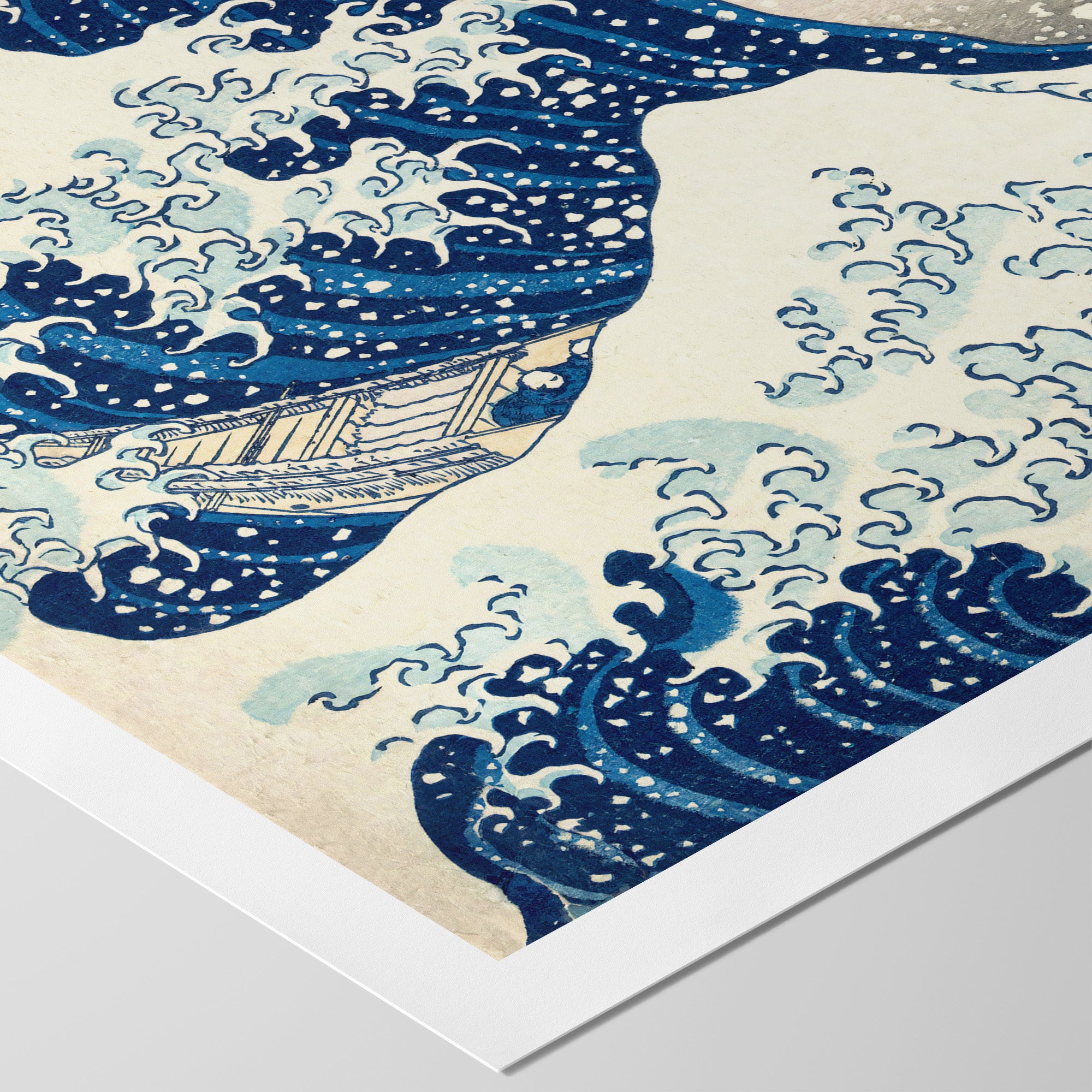 The Great Wave off Kanagawa (1831) by Katsushika Hokusai, also known as Under the Wave off Kanagawa (神奈川沖浪裏, Kanagawa-oki Nami Ura) is a Japanese ukiyo-e woodblock print, and possibly the most reproduced image in the history of art. The print depicts a ➵
The Great Wave off Kanagawa (1831) by Katsushika Hokusai, also known as Under the Wave off Kanagawa (神奈川沖浪裏, Kanagawa-oki Nami Ura) is a Japanese ukiyo-e woodblock print, and possibly the most reproduced image in the history of art. The print depicts a ➵◰ Canvas Reproductions
⧈ Framed Art Prints ⨳ Blankets










